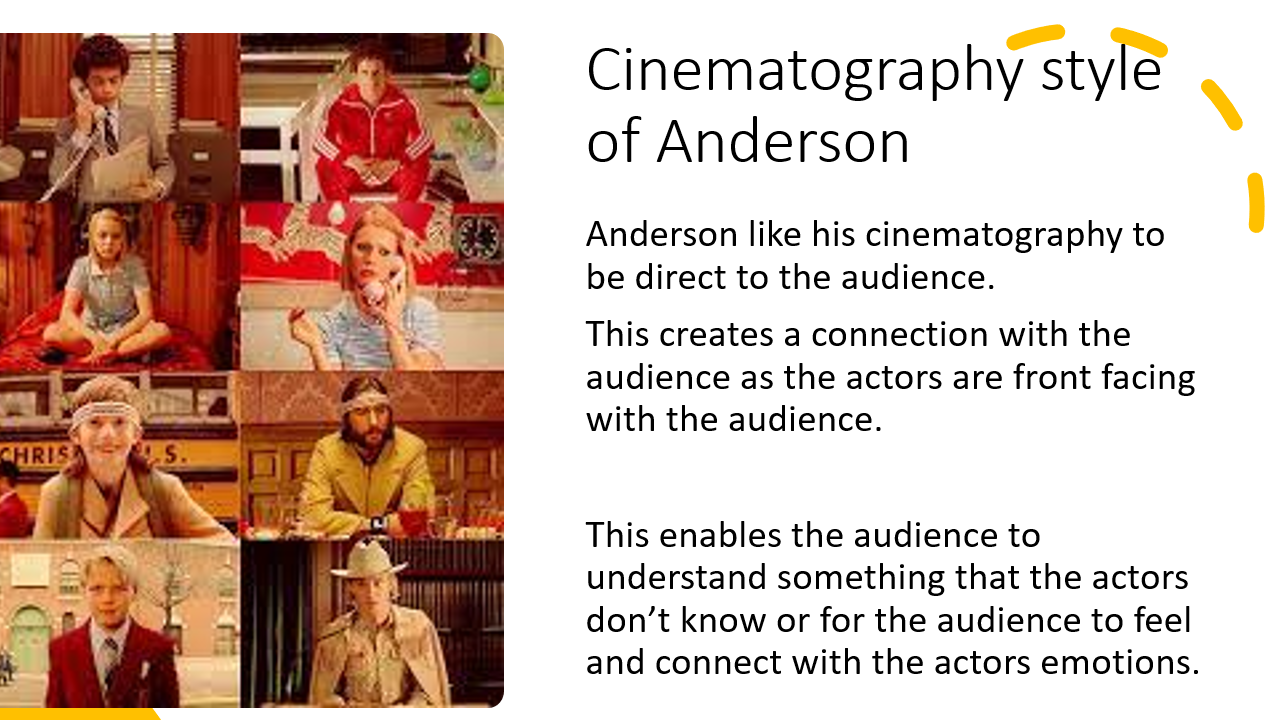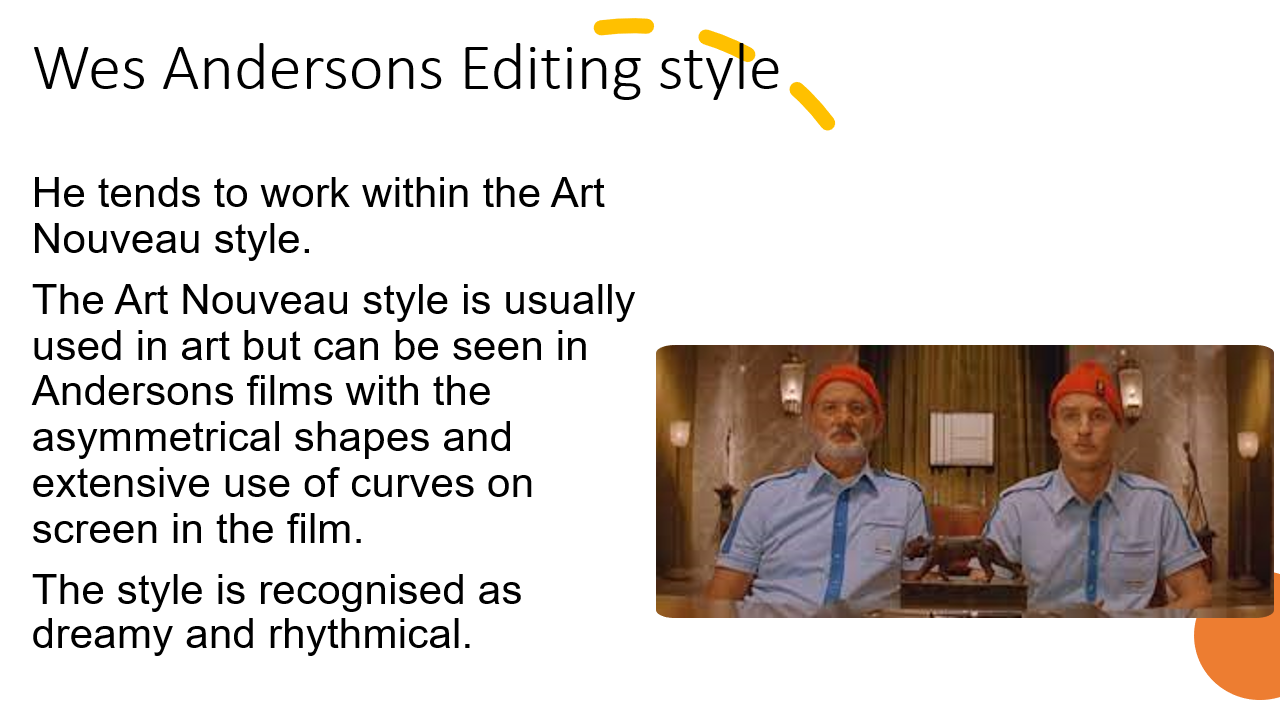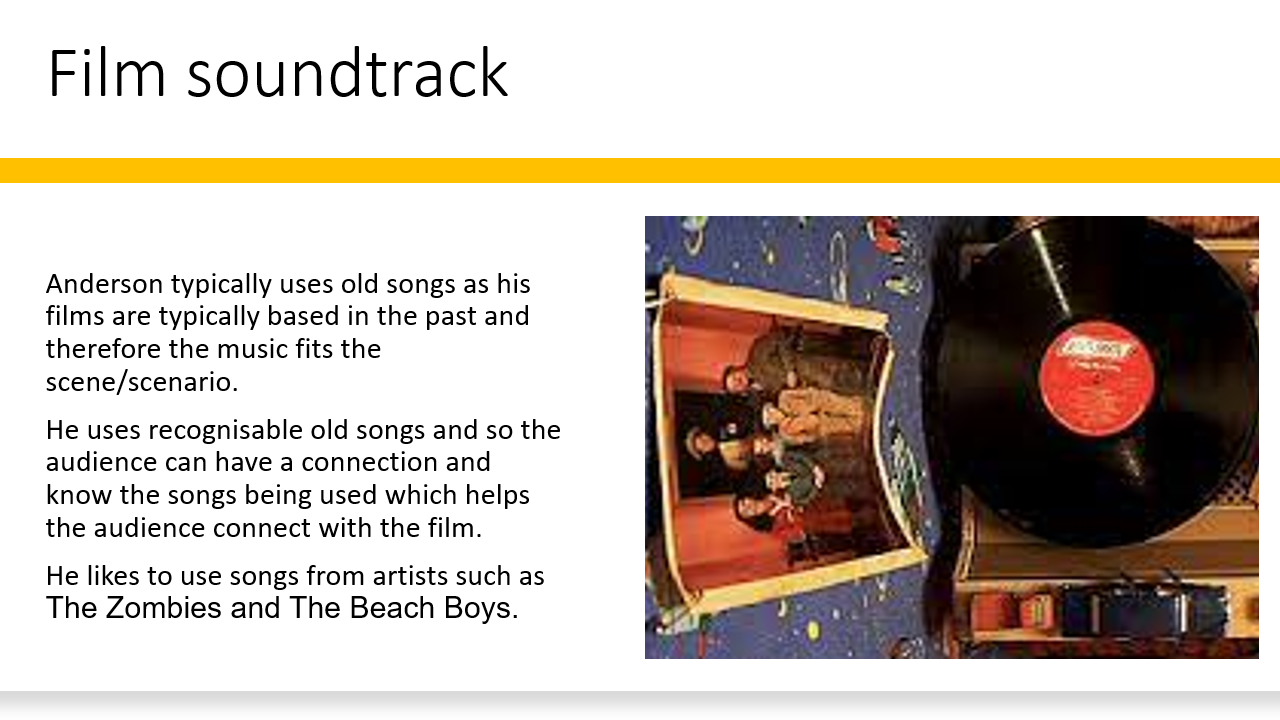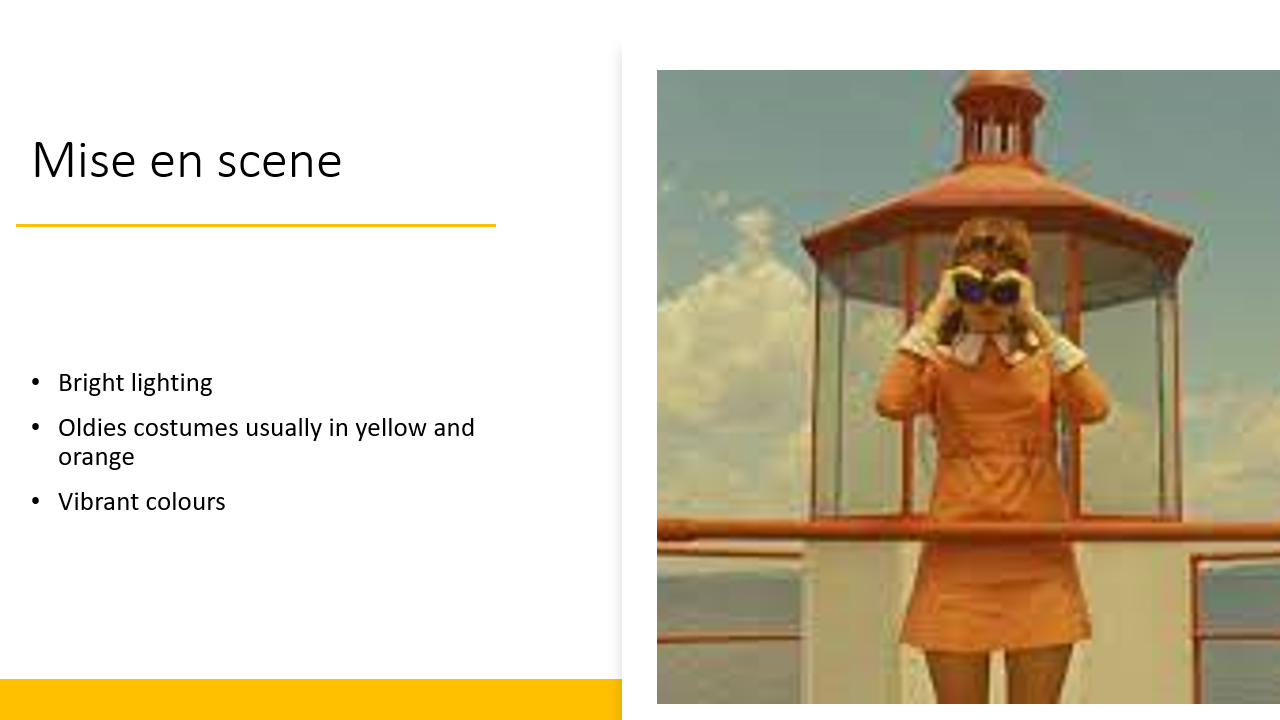
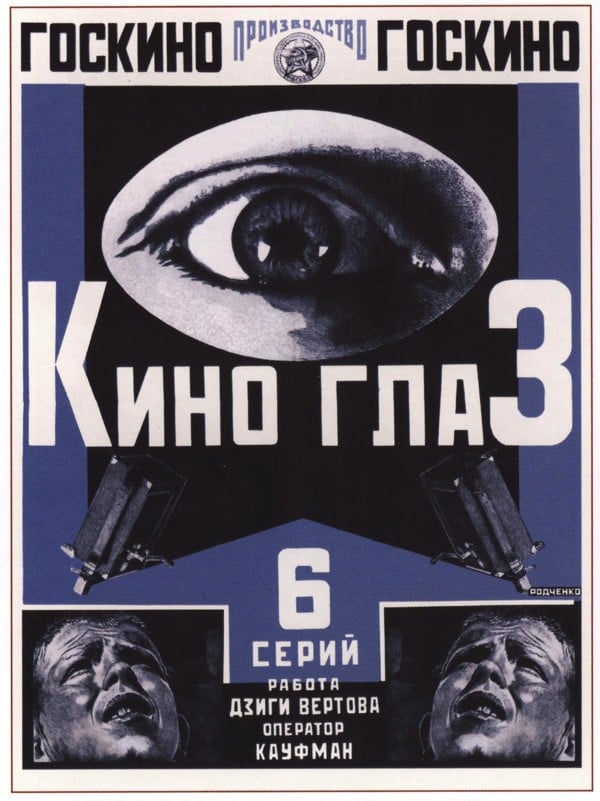




The institute was founded in 1919 by the film director Vladimir Gardin as the Moscow Film School and is the oldest film school in the world. From 1934 to 1991 the film school was known as the All-Union State Institute of Cinematography.
The founding of the institute was authorized by V. I. Lenin in 1919. Its work in the early years was hampered by the shortage of film stock. It has had an illustrious history as one the oldest of the film schools in existence; many great film directors have taught at the institute. During the period of the Soviet Union it was a requirement of the state to attend VGIK in order to be allowed to direct a film. More recently, its alumni were drawn both from the USSR (Soviet Union) and from other socialist and other countries, though it was a requirement for students to first learn Russian prior to attending. It is among the few film schools which offer scriptwriting courses.

French New Wave constitutes a vital movement in film history. While the movement originated in the 1950s, much of modern filmmaking is still firmly rooted in French New Wave thought—from the works of Quentin Tarantino to Martin Scorsese
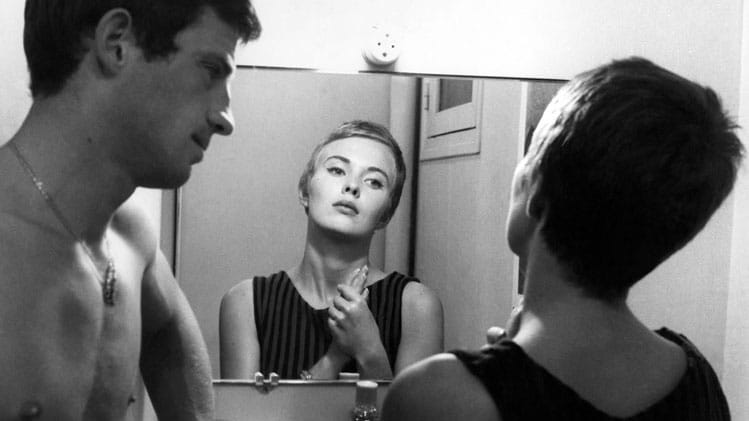
Breathless ( Jean-Luc Godard 1960 )

Paris Belongs To Us ( Jacques Rivette 1961 )

The 400 Blows ( François Truffaut 1959 )
The French New Wave is a movement that decided to forgo traditional filming conventions in favour of experimenting with the medium in a way that mean that even some of the most ingrained ideas to cinema were flipped on their heads. Concepts from shooting on location instead of a sound stage or turning away from the camera to leaving in outtakes or breaking the 4th wall were utilised by many filmmakers during this period.
Left Bank – radical, artistic, experimental
Right Bank – established, financially stable, Cahiers du cinéma
Astruc believed that since the director had complete control of every element in the film that they seen them more like authors of a screenplay as they were trying to get their message across to the public through the use of cinema.
examples:
Jean-Luc Godard
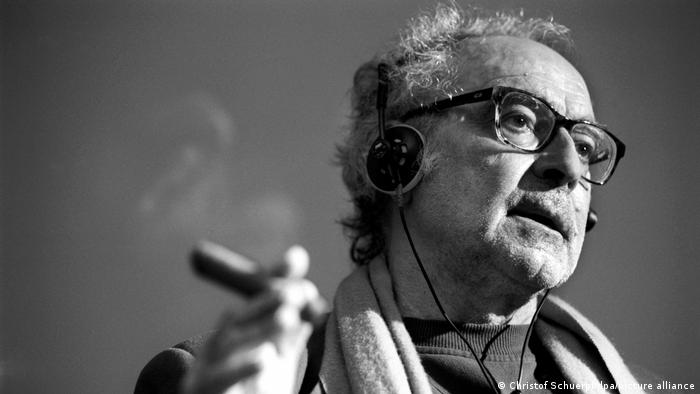
his films are “littered with references to films, books, compositions and paintings, as well as the people, places and political ideals that have shaped his personality and psyche”
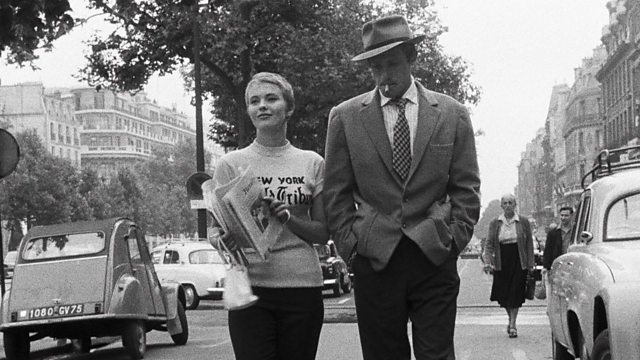

Quentin Tarantino

Tarantino borrowed characteristics and aspects from French new wave, the main film that does this is Reservoir dogs which includes jump-cuts, a non- linear narration, the use of real location filming and very long shots that lasted up to 25 minutes where he stayed in the same location and introduced a new character without cutting the shot.


It was an era in which they experimented with lighter and more informal storytelling methods, like handheld cameras, jump cuts, fast cutting, location shooting, and improvisation. The result was a new kind of cinema that rejected many of the conventional rules of Hollywood filmmaking and relied on experimentation.
Techniques included fragmented, discontinuous editing, and long takes that allowed actors to explore a scene. The combination of realism, subjectivity, and commentary allowed these movies to have ambiguous characters, motives, and even endings that were not so clear-cut.
The movement aimed to give directors full creative control over their work, allowing them to eschew overwrought narrative in favor of improvisational, existential storytelling.
Left bank– The French New Wave extended past just the filmmakers associated with the magazine “Cahiers du Cinema.” The next most distinguished sect was called the “Left Bank,” a group with shared progressive political leanings and documentarian pasts.


Right bank– The corresponding “right bank” group is constituted of the more famous and financially successful New Wave directors associated with Cahiers du cinéma (Claude Chabrol, François Truffaut, and Jean-Luc Godard). Unlike the Cahiers group, Left Bank directors were older and less movie-crazed.

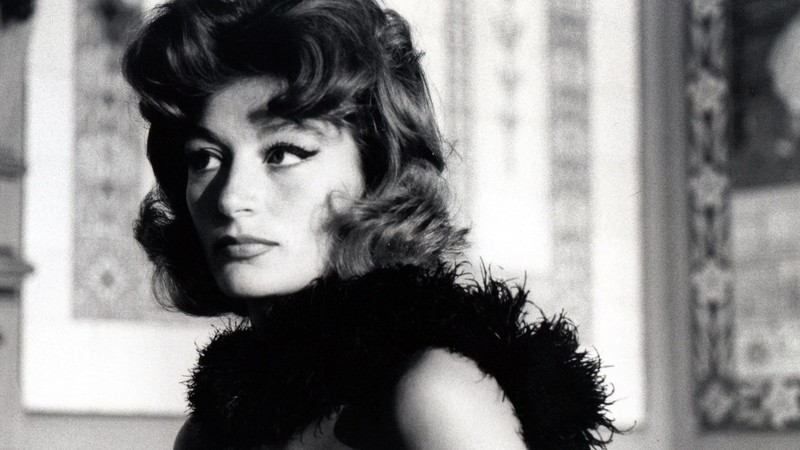
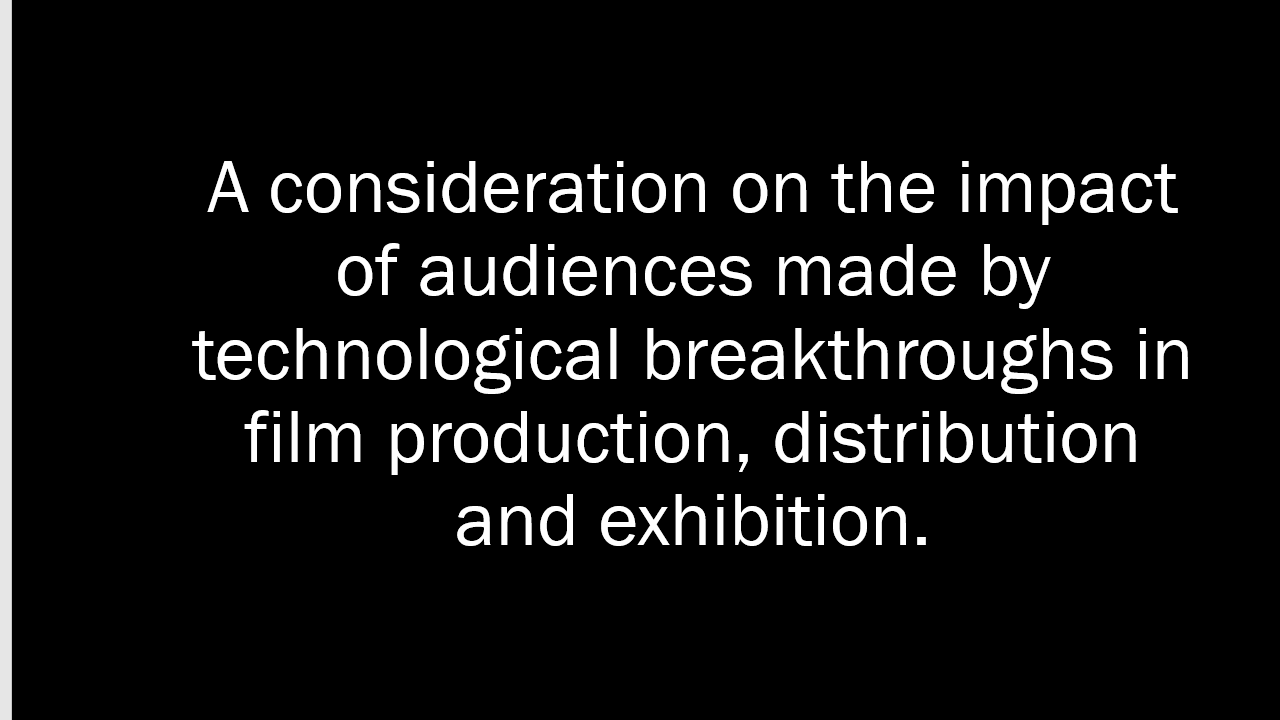
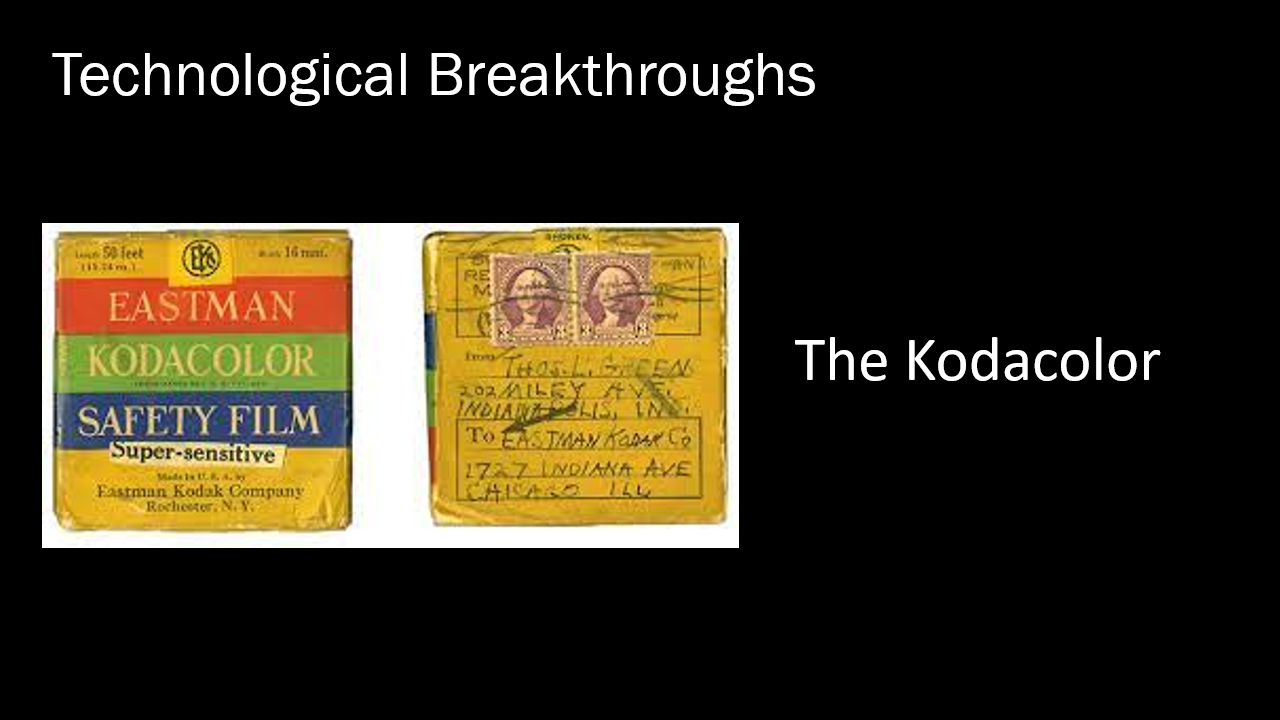
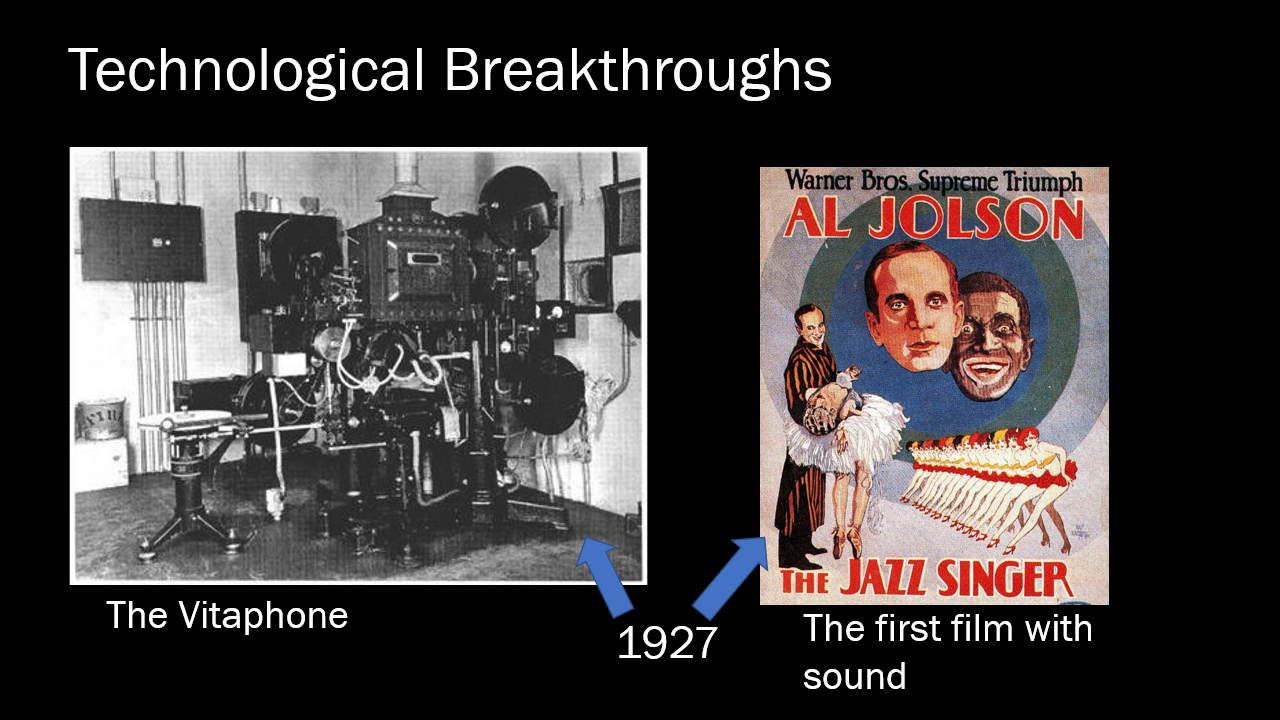
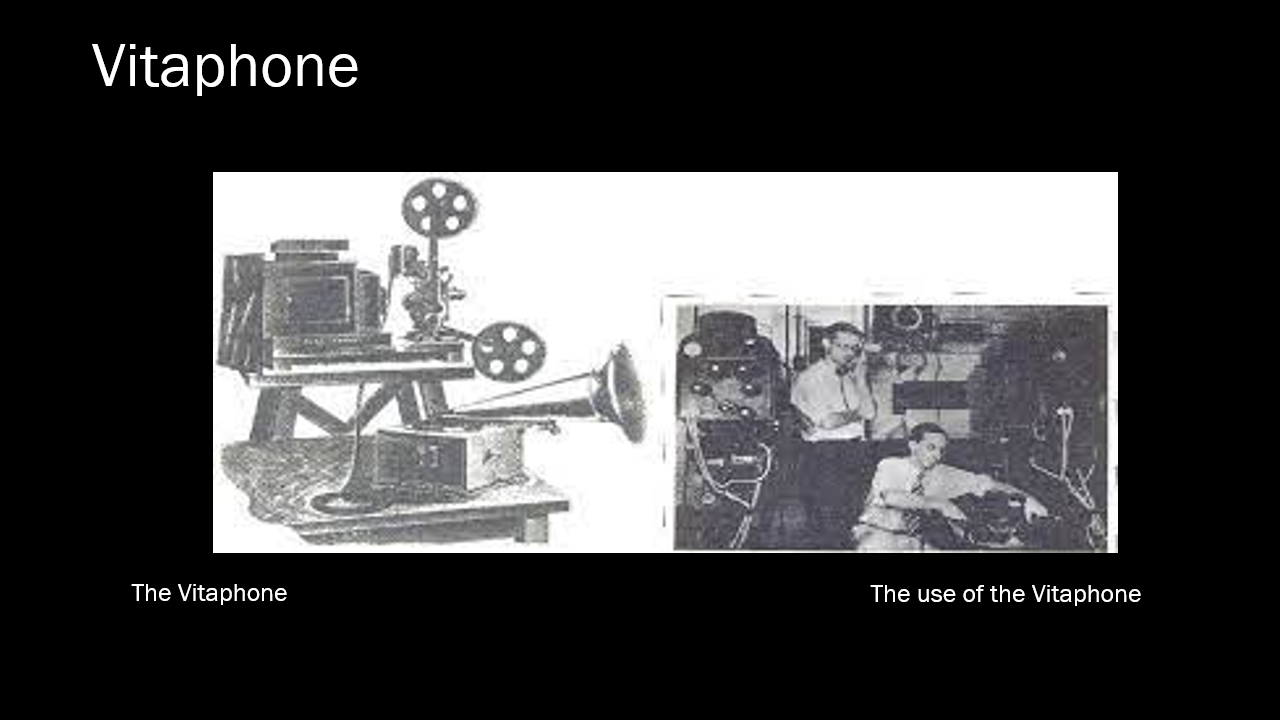
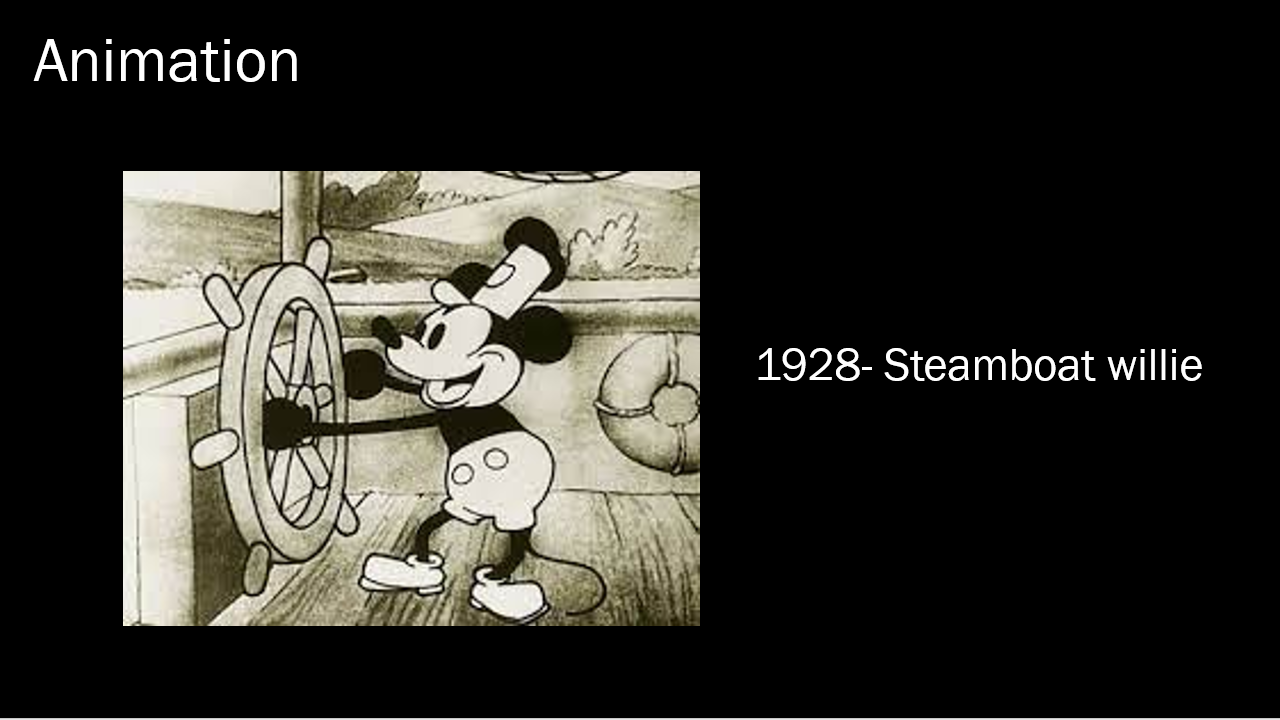
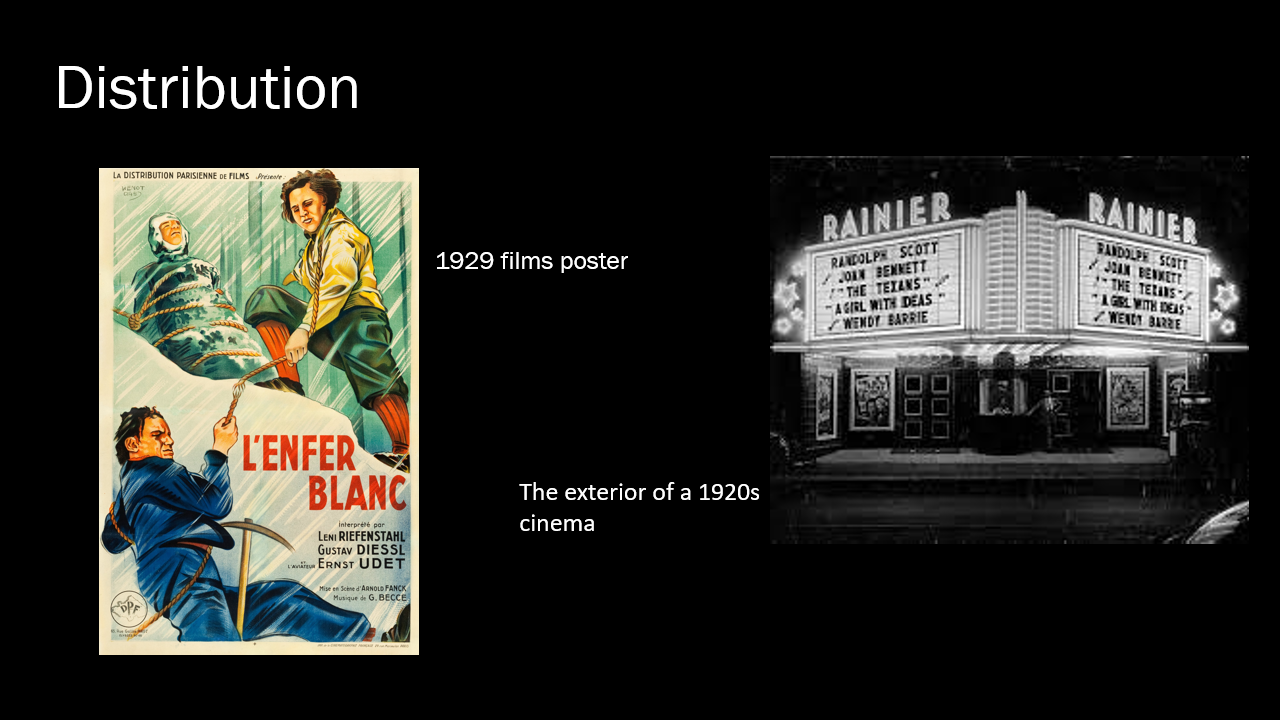
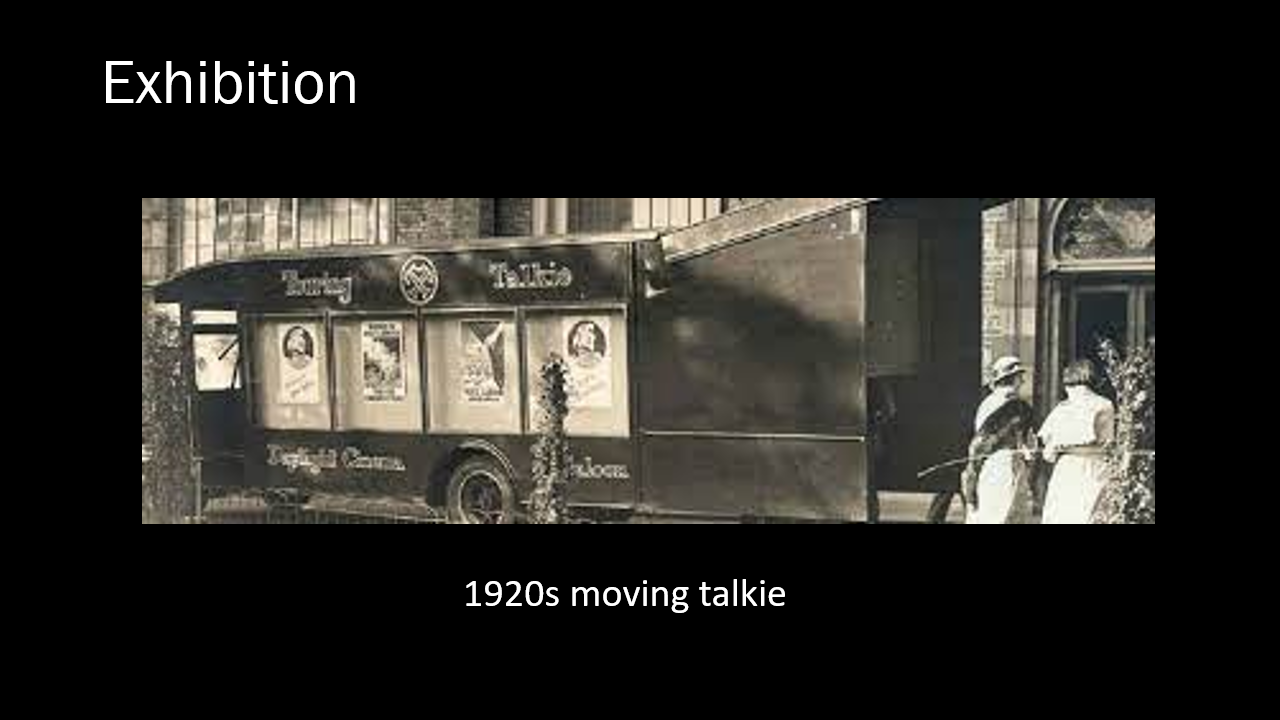
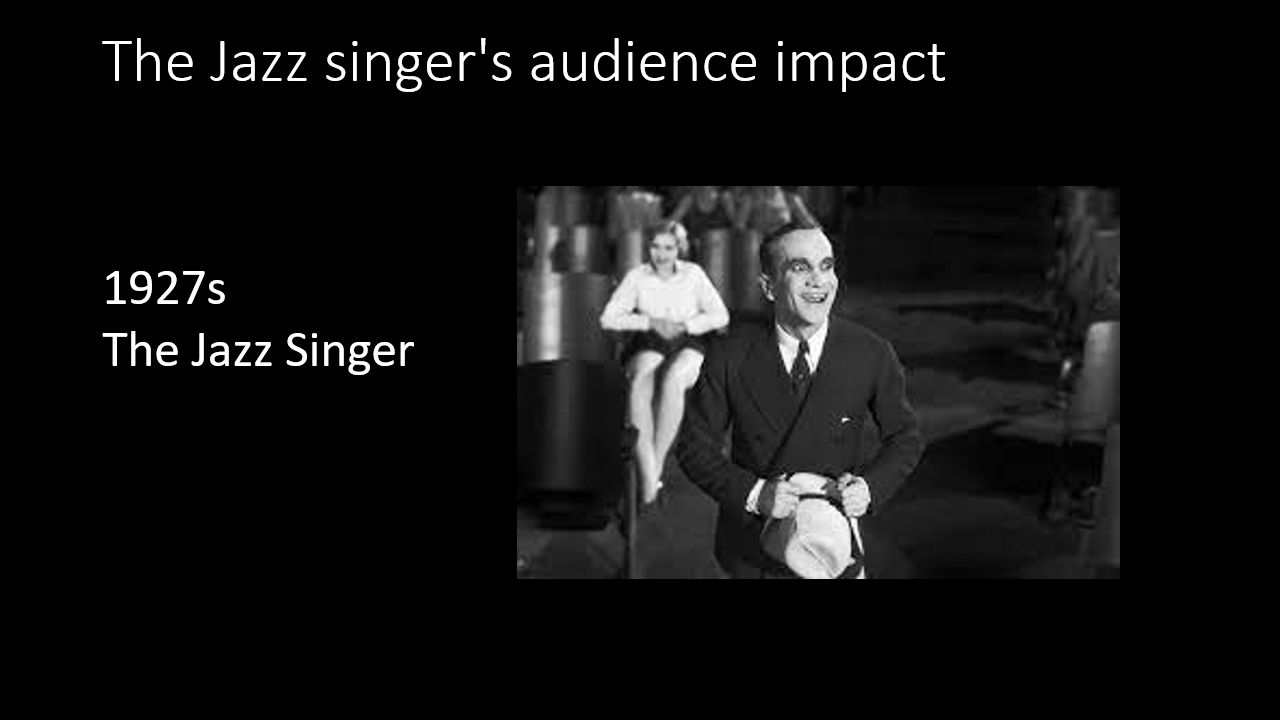

The institute was founded in 1919 by the film director Vladimir Gardin as the Moscow Film School and is the oldest film school in the world. From 1934 to 1991 the film school was known as the All-Union State Institute of Cinematography. Since 1986, the school has been named after the film director and actor Sergei Gerasimov (A full member of the international CILECT network of film schools). The Institute became a university in 2008.
The founding of the institute was authorized by V. I. Lenin in 1919. Its work in the early years was hampered by the shortage of film stock. It has had an illustrious history as one the oldest of the film schools in existence; many great film directors have taught at the institute including Kuleshov, Eisenstein, and Romm. During the period of the Soviet Union, it was a requirement of the state to attend VGIK to be allowed to direct a film. It was a requirement for students to first learn Russian prior to attending.









